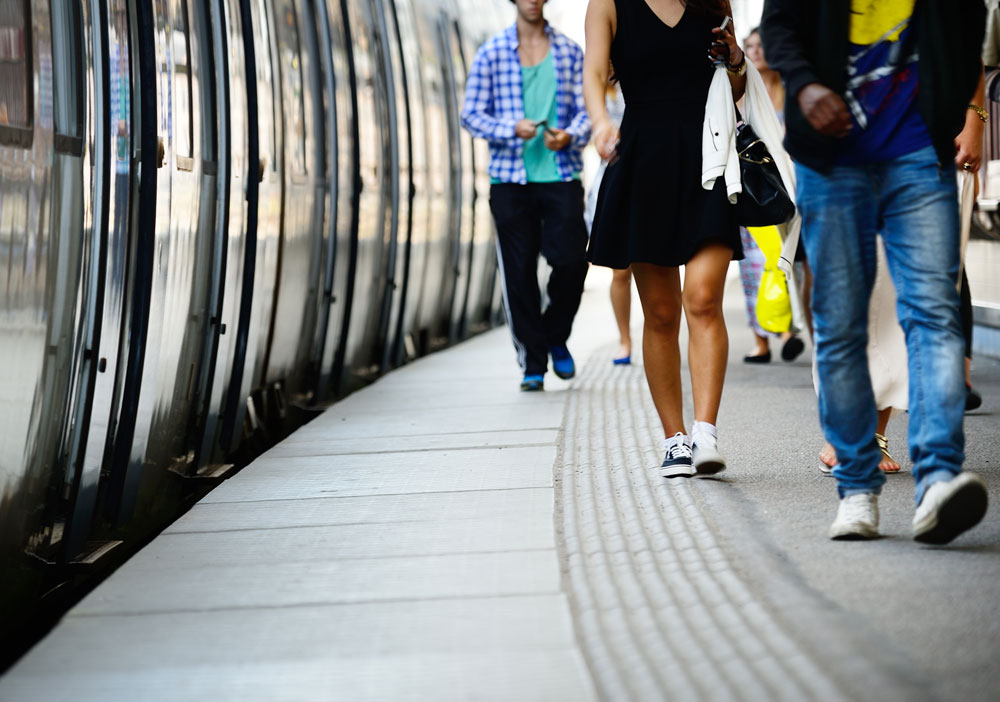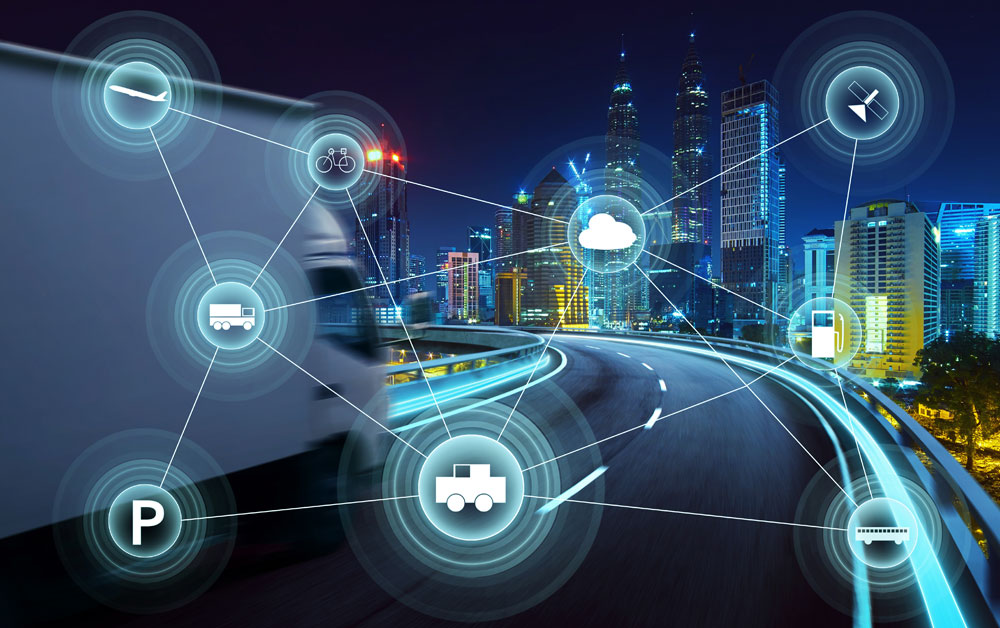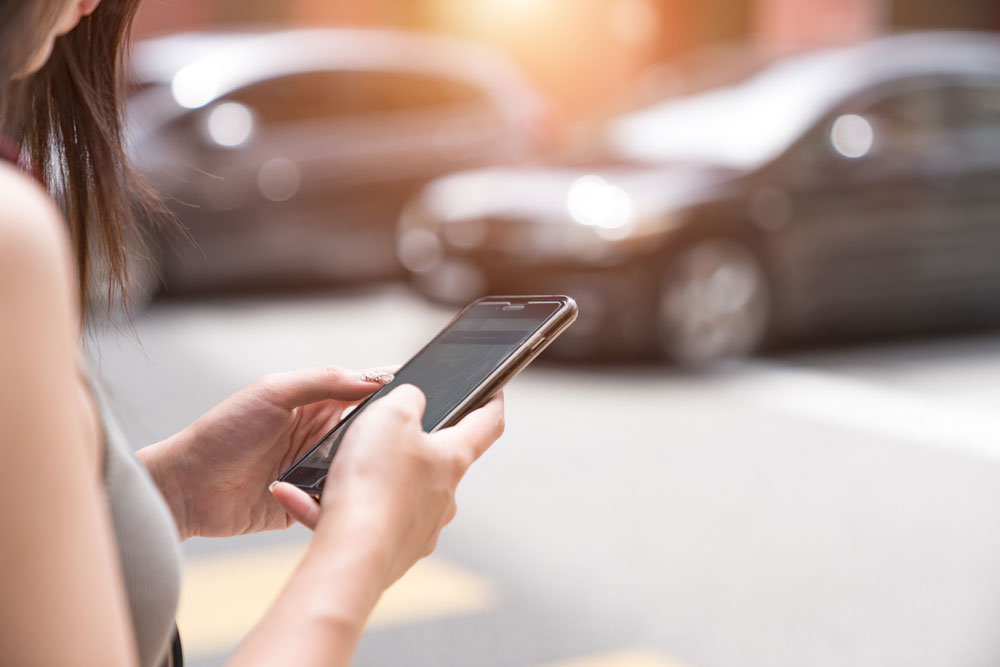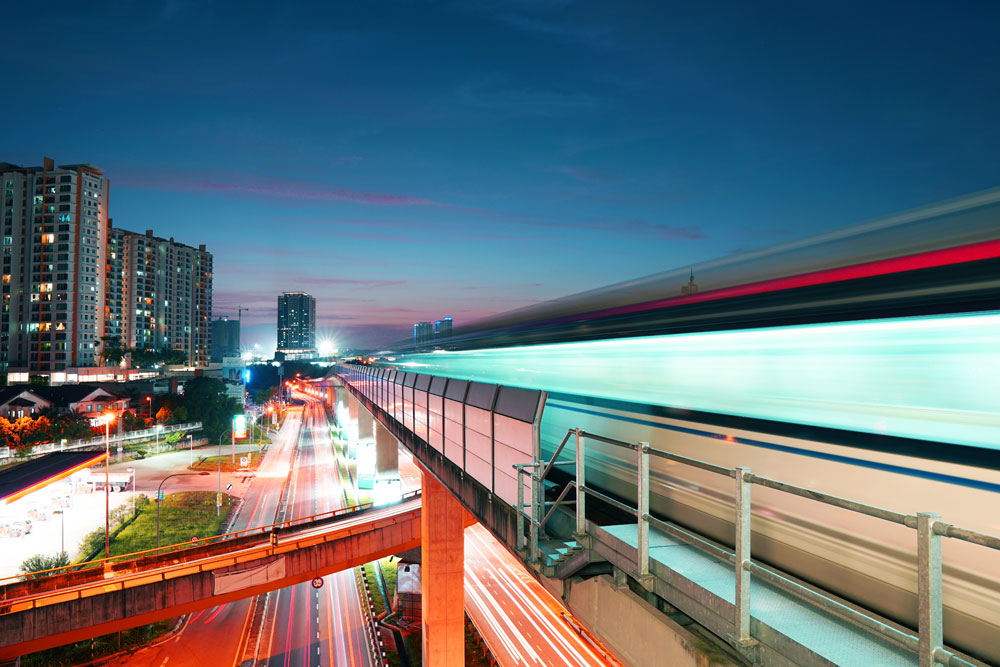

Mobility, hub, and central issues of public transport
Mobility is a complex world of concepts. First and foremost, of course, it is about different transport options, from cars to trains and from bicycles to rail. The question here is how the different transport options relate to each other – and how the infrastructure required in each case can coexist.
This results in a fundamental issue of mobility: How comfortable and fast can people make their way from A to B and choose from different transport options? Historically, the car has been the most common answer, but with increasing urbanization and environmental issues, alternative solutions are becoming increasingly important. Public transport networks, sharing solutions and pedestrians are becoming increasingly important.
Perfect mobility is achieved when everyone can easily choose the transport option that suits their route. But especially in urban centres, this is usually not so easy to achieve. Typical obstacles are traffic jams, poor transport links or chaotic connection timetables. An even greater problem are antediluvian traffic routes, which, for example, favour motorists but hinder pedestrians and cyclists, exposing them to danger or ignoring them altogether.
If several or all these travel options – walking, biking, transit, and shared mobility – come together with numerous people who use these options, we refer to such a point as a mobility hub.
In cities, this is usually the area or transit network around a central station or airport. It also includes central transfer points for local urban transport in the city. Hubs can also be found where there are connections to the surrounding area – bus stations for regional transport are a perfect example here.
With increasing urbanisation, new mobility solutions and the multitude of simultaneously available transport services, a feverish search on how to organise the mobility of the future in the city and the countryside is underway. The influence of digitalisation opens a completely new possibility here: the mobility hub.
What is a mobility hub?
Urban researchers and future planners are mentioning multi-storey car parks above average as symbols for mobility hubs. With their usually central location within an urban area they already fulfil an important prerequisite for a hub – they are easily accessible from any direction and frequented accordingly.
They also offer a lot of space on a relatively small footprint. However, in a mobility hub this space is no longer only taken up by parked private cars. Instead, it can accommodate charging stations for e-cars, service stations for car sharing providers, pick-up stations for rental bicycles and much more.
This enables them to meet the second requirement of a Mobility Hub: the simultaneous availability of different transit options that people can choose individually – without long transfer distances. If this offer is supplemented by services for daily transit needs such as ticket machines for public transport, the various transit options will converge even more strongly and smoothly.
The set-up of a mobility hub is also future-oriented and even today implements structures for autonomous driving and similar developments. For example, entry and exit zones for passengers are planned from which the vehicle can independently find its own parking space – without obstructing other traffic routes.


Essential aspects of current and future individual and mass transport are controlled, planned and maintained by the internet and digital networks. That is why the mobility hub offers a multitude of access points to these digital structures.
For this purpose, well-functioning, public and free WiFi access is the minimum requirement; digitally supported touchpoints to various mobility service providers are next in line. Companies who want to position themselves in a mobility hub must consider the digital needs of their target group as well as their real requirements.
Last but not least MSCPs are especially suitable for expansion into a mobility hub as they take into account a trend that has arisen with new transport forms: in the past parking spaces in public areas were generously dimensioned and easily approved, nowadays this is no longer the case for urban planning and environmental reasons.
MSCPs solve this space problem by simply rising vertically. As a mobility hub they offer numerous services and are even better suited to integrate themselves into the urban space and thus lose their status as a mere storage area for cars and become a vibrant place for urban transport – just like the future of mobility intends.
Smart Mobility: What does the future of mobility look like
It is a central goal of a mobility hub to optimize multimodal transport. Short distances, short waiting periods and attractive transit routes with modern conveniences are part of this goal.
If multimode transportation runs smoothly, alternative means of transport become more and more attractive. Today, people in the city primarily use their own car because connections are too cumbersome and driving and waiting periods are too long. This creates a cycle of even higher traffic volume on the roads, more congestion, a greater environmental burden and higher stress levels.
Mobility hubs could break this cycle and bring more people onto railways or other public transport in the future. Well-designed and safe cycle and footpaths also contribute to the disentanglement. If the hub offers a variety of sharing services, the probability that a traveller will use a bike, or a sharing car rises, and this means one less privately owned car on the road.
What is more, smart mobility, not only means that people can negotiate their route with the most attractive means of transportation. It also means that they can plan their options spontaneously or long-term. For this purpose, they need to be able to use their smartphones or other devices to access the digital services of sharing agencies or the public transport company. If they do not want to do this via their own device, they can use conveniently located touchpoints within the hub.

Autonomous driving will become a central issue in smart mobility; future infrastructure, planning initiatives in urban areas and enterprises in the mobility and construction industry will need to align themselves with it. The question of how the simultaneity of autonomous mobility, human driving behaviour and alternative types of transport can be structured in a sensible and safe manner needs to be addressed.
HUBER is already meeting the challenge of mobile entrepreneurship of the future today. Find out which ideas and projects we are already using to help implement smart mobility.
STAY IN TOUCH
You are looking for current information, you would like to keep informed about us or you would like to start your career with HUBER?
You are in the right spot:
